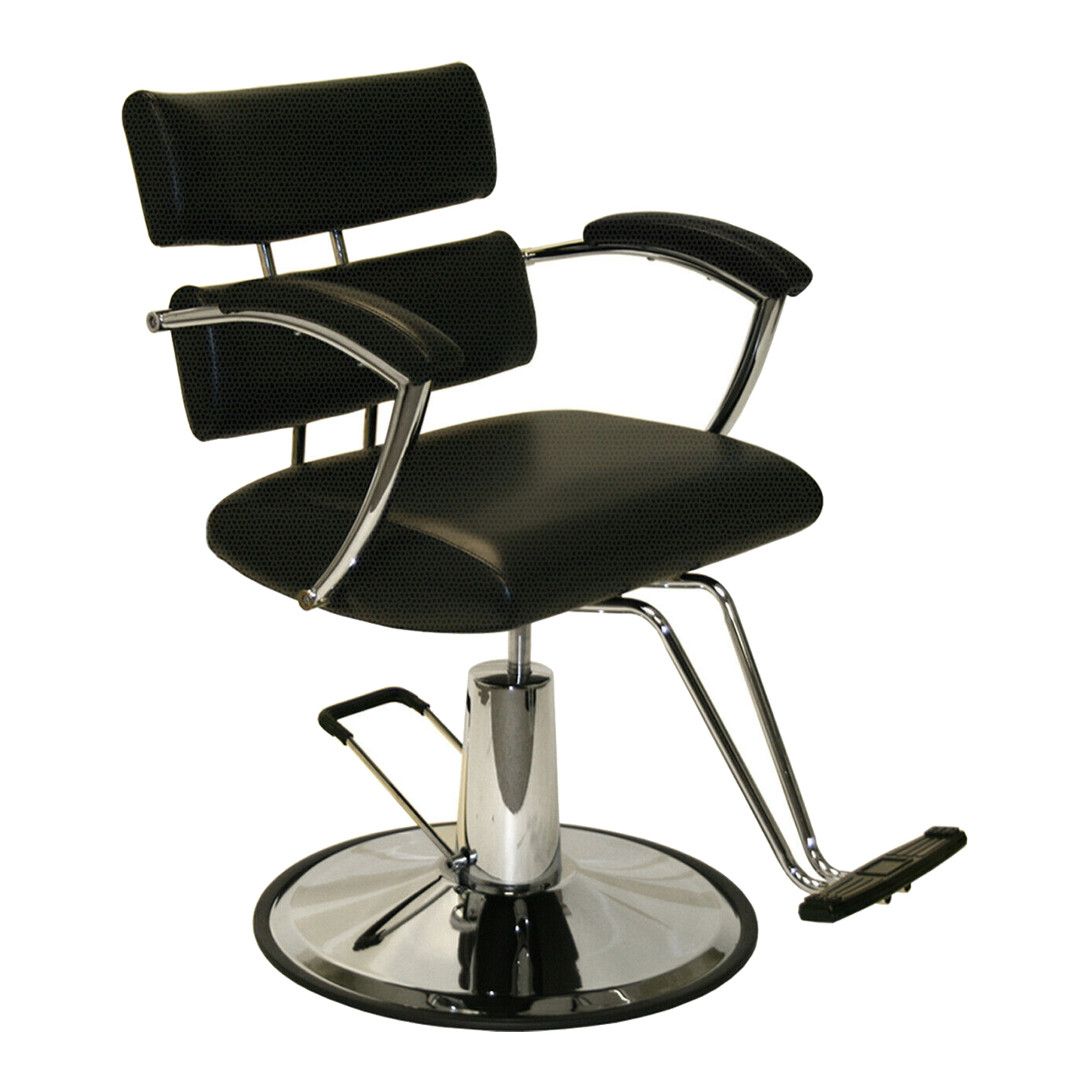Installing new door locks on a car can enhance security, ensure smooth functioning, and offer peace of mind, especially if the old locks are damaged or worn out. While the process may seem complex, it is manageable with the right tools and attention to detail. In this article, we’ll walk through the steps in installing new locks on car doors, highlighting the necessary tools, techniques, and tips to ensure the job is done correctly.
Why Install New Door Locks on a Car?
There are several reasons you might need to replace or install new locks on your car doors, including:
-
Wear and Tear
Over time, car door locks can wear out due to constant use, making it difficult to lock or unlock the door.
-
Key or Lock Damage
A broken key or lock mechanism can compromise the car’s security and necessitate a lock replacement.
-
Improving Security
If you’ve recently bought a used car or lost your keys, installing new locks can prevent unauthorized access and enhance security.
-
Upgrade to Modern Locks
Many car owners upgrade their traditional locks to more advanced systems, such as keyless entry, for convenience and added security.
Tools and Materials Needed
Before you begin the installation process, gathering the necessary tools and materials is essential. Here’s a list of items you’ll need:
Replacement Lock Cylinder: A new lock that fits your car’s make and model.
Screwdrivers: Both Phillips and flathead screwdrivers to remove and install screws.
Torx Wrench: Depending on the car, you may need a Torx wrench for specific fasteners.
Needle-Nose Pliers: For manipulating small components like clips and rods.
Panel Removal Tool: To safely remove the door panel without damaging the clips.
Lubricant: A lubricant like graphite can help ensure smooth lock operation.
Step-by-Step Guide to Installing a New Car Door Lock
Here is a step-by-step guide on installing a new car door lock.
Step 1: Prepare the Vehicle
The first step is to ensure that the vehicle is securely parked and that you have clear access to the door, where the lock will be replaced. The car should also be turned off and all electrical components (like power locks or windows) are inactive to prevent injury or damage.
Step 2: Remove the Interior Door Panel
You’ll need to remove the car’s interior door panel to access the door lock mechanism. Here’s how to do it:
Locate and Remove Screws
Most car doors have screws holding the panel in place. These screws are often found near the door handle, armrest, or along the edges of the panel. Use a screwdriver to remove them.
Use a Panel Removal Tool: After removing the screws, gently pry the panel away from the door frame using a panel removal tool. Be careful not to break the plastic clips holding the panel.
Disconnect Electrical Components: If your car has power windows, locks, or speakers in the door, disconnect the electrical connectors attached to the panel.
Step 3: Access the Lock Mechanism
With the door panel removed, you can now access the lock mechanism inside the door. The lock cylinder is typically connected to a series of rods and clips that control the locking and unlocking action.
Locate the Lock Cylinder: Look for the lock cylinder on the inside of the door near the outer handle. It is connected to the locking mechanism by rods and sometimes cables.
Remove Connecting Rods: Using needle-nose pliers, carefully disconnect the rods linking the lock cylinder to the door handle and locking mechanism. Make a mental note of their positions for reinstallation.
Step 4: Remove the Old Lock Cylinder
Once the lock cylinder is exposed, you can proceed with its removal.
Unfasten the Lock Cylinder: A clip or fastener usually holds the lock cylinder in place. Use your pliers or a screwdriver to remove the retaining clip or screws securing the lock in place.
Slide Out the Old Lock Cylinder: Remove the fasteners and gently pull the old lock cylinder from the door.
Step 5: Install the New Lock Cylinder
Now that the old lock is removed, you can proceed with installing the new lock.
Insert the New Lock Cylinder: Slide the new lock cylinder into the same position as the old one. Ensure that it fits snugly and aligns with the connecting rods.
Secure the Lock in Place: Use the retaining clip or screws to fasten the new lock cylinder securely to the door.
Reconnect the Rods: Using the same configuration, reattach the connecting rods to the new lock cylinder. Ensure all rods are securely connected to avoid issues with lock operation.
Step 6: Test the Lock
Before reassembling the door panel, it’s important to test the new lock to ensure it functions properly.
Manually Test the Lock: Use the key several times to lock and unlock the door, checking for smooth operation. If your car has power locks, test the electronic locking mechanism.
Check Handle Operation: Ensure the door handle works with the new lock and opens and closes properly.
Step 7: Reassemble the Door Panel
Once satisfied with the lock’s functionality, you can begin reassembling the door panel.
Reconnect Electrical Components: If you disconnected any electrical components, such as window controls or speakers, plug them back in before reattaching the door panel.
Reattach the Door Panel: Carefully align the panel with the door frame and press it back into place. Reinstall the screws you removed earlier to secure the panel.
Step 8: Final Lock Test
After everything is reassembled, perform one final test of the lock manually and electronically (if applicable) to ensure everything works perfectly.
Key Considerations When Installing New Car Locks
Compatibility: Ensure the replacement lock cylinder is compatible with your car model. Some vehicles have unique locking mechanisms, and using the wrong lock can lead to functional issues.
-
Key Matching
If you’re installing multiple locks (e.g., driver and passenger doors), consider rekeying them to match the same key. This adds convenience and reduces the number of keys you need to carry.
-
Professional Help
While DIY lock installation is possible for those with basic mechanical skills, some cars have more complex lock mechanisms that may require the assistance of a professional locksmith in Stansted.
Conclusion
Installing new door locks on a car is straightforward if approached methodically and with the right tools. Whether replacing a worn-out lock, enhancing security, or upgrading to a more modern system, following these steps ensures a smooth installation. However, if you’re unsure about any part of the process or dealing with advanced electronic locks, seeking the help of a professional auto locksmith is always a wise choice.
For the latest updates and information, keep checking SimpCity.








